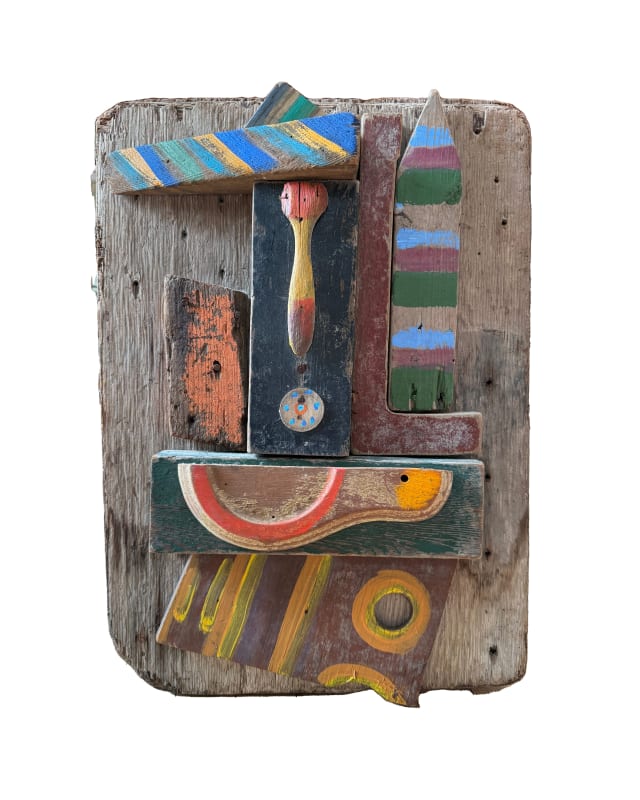Betty Parsons, renowned as a revered and legendary figure in the art world, dedicated over three decades to nurturing and promoting many prominent artists of the mid- to late-twentieth century. Alongside her role as a distinguished art dealer, Parsons was also a talented artist in her own right, crafting a distinctive and insightful vision in response to the abstract art of her time. Her artwork was regularly showcased during her lifetime, and numerous exhibitions have since honored her contributions to the art world following her passing. She rose above the formal and doctrinal concerns that dominated mid-twentieth century abstraction, particularly after Abstract Expressionism began to be perceived as a rigid establishment in the late 1950s.
Born into a wealthy and socially influential family in 1900, Betty Parsons demonstrated her independent spirit from an early age. At thirteen, she encountered Modernism for the first time at the Armory Show of 1913, an experience that deeply resonated with her and ignited her ambition to pursue a career as an artist. Despite societal expectations, including marriage in 1919, she pursued her artistic aspirations, eventually divorcing in 1924 and journeying to Paris to study art. In Paris, she studied under prominent artists such as Antoine Bourdelle, Alexander Archipenko, and Ossip Zadkine, forming connections with notable figures like Alberto Giacometti, Man Ray, and Alexander Calder.
Parsons held her inaugural exhibition in Paris in 1933 but faced financial difficulties due to the Great Depression, prompting her return to the United States. She exhibited her work in Los Angeles in 1934 before resettling in New York in 1935. There, she began her affiliation with Midtown Galleries, where she showcased her work in ten solo exhibitions until 1957. Parsons also ventured into art sales, initially working for Midtown Gallery before assuming roles at Wakefield Gallery and Mortimer Brandt Gallery. In 1946, she established her own gallery, becoming a pivotal figure in promoting Abstract Expressionism.
Operating her gallery on 57th Street, Parsons hosted groundbreaking exhibitions for artists like Jackson Pollock, Clyfford Still, Mark Rothko, Ad Reinhardt, and Barnett Newman, contributing significantly to the rise of Abstract Expressionism in the postwar art scene. Despite her influential role as a dealer, Parsons remained committed to supporting emerging artists, offering them their first solo exhibitions in New York. However, her own artistic endeavors received less recognition during her tenure as a gallery owner, overshadowed by her reputation as a dealer.
Betty Parsons passed away in New York City in 1982, leaving behind a legacy that continues to be celebrated in numerous public collections, including the Parrish Art Museum, The High Museum, the Whitney Museum of American Art, and the Smithsonian American Art Museum.
